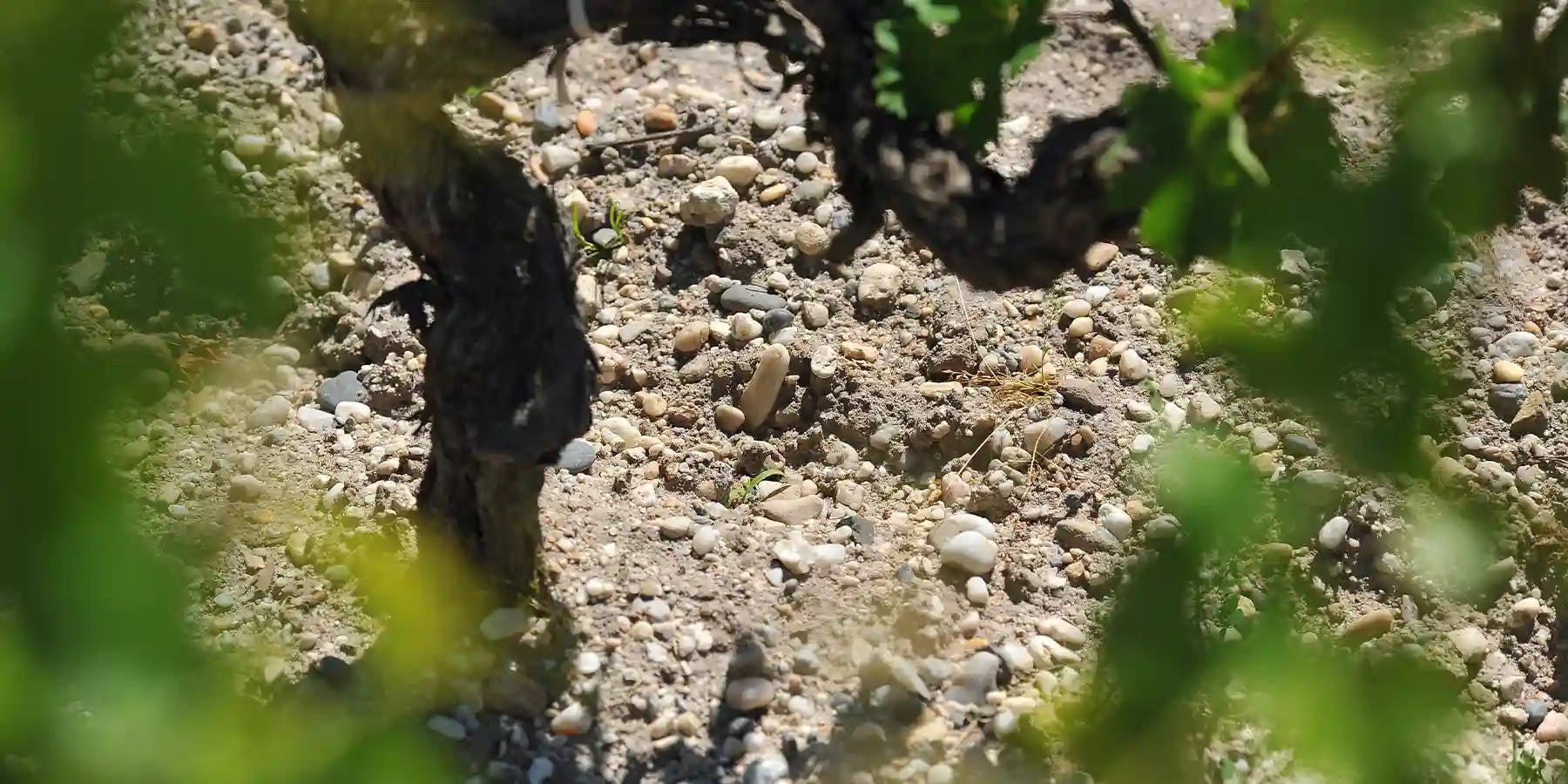- Wine world
The Graves or the terroir in majesty
- Thu, Feb 23, 2023 at 11:43

The beauty of the soil
The Graves region stretches from Bordeaux to Langon, over an area 55 km long and 10 km wide. To the west, the pine forests protect it from bad weather and to the east the Garonne River acts as a thermal regulator. In addition to this ideal location, the soil of the Graves region is uniquely rich: it is made up of gravel and pebbles dating back thousands of years, which have been deposited century after century at the rate of the Garonne's floods, to create gently sloping terraces. There are two types of gravel: the Pyrenean gravel to the north and the Garonne gravel to the south. These terraces are of capital importance because they will determine the quality and types of wine. These famous gravels reflect the sun's rays perfectly, keeping the heat and gently releasing it to the vine. This region produces mainly red wines (72%) but also dry white wines and sweet wines. 3 A.O.C are present: Graves, Pessac-Léognan and Graves Supérieures, which produces sweet white wines.
A nice selection of Grands Crus
The main grape varieties are Merlot and Cabernet Sauvignon for the red wines, with Cabernet Franc and Malbec. Graves wines have a unique grain, not found elsewhere in Bordeaux. Aromas of stone fruit, juniper and pine are typical of this region. The red wines are more full-bodied and nervous than the wines of the Médoc and the Pessac-Léognan appellation has some great estates, including several Crus Classés, thanks to a particularly exceptional terroir.
We particularly appreciate Domaine de Chevalier, Grand Cru Classé, but also the lesser known Château Picque-Caillou, a rising star of the appellation, regularly tasted during the tasting evenings.
